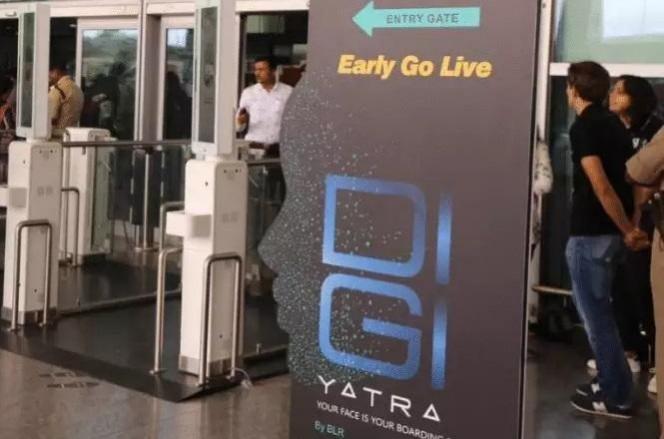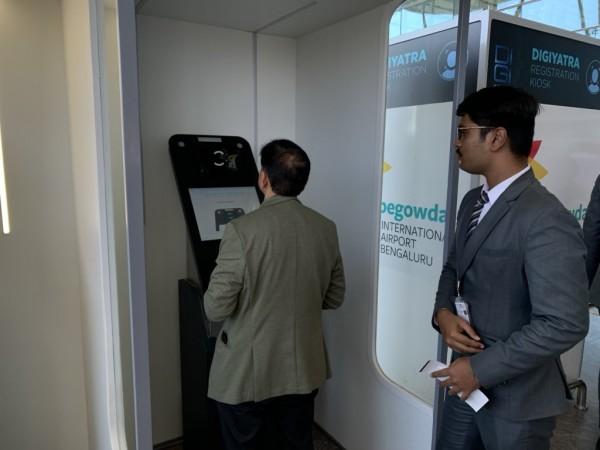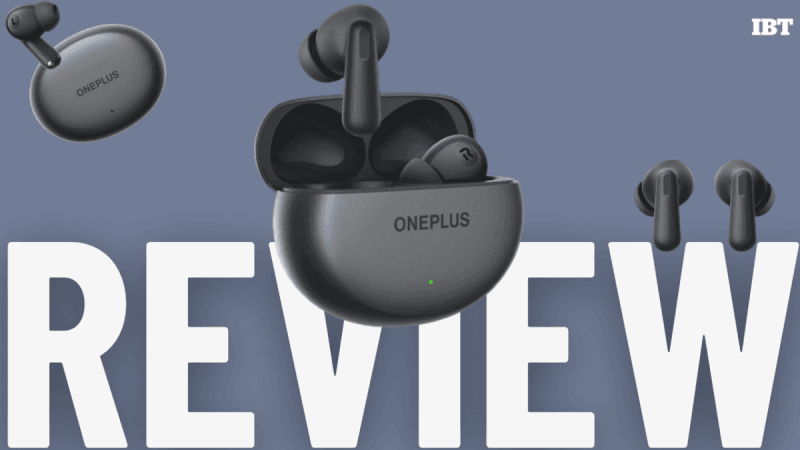
The advancements in cloud-native architectures are continuously reshaping the world of distributed systems. Venkata Reddy Mulam, a researcher specializing in distributed data processing, offers groundbreaking insights into scalable workflows in his recent exploration of AWS Step Functions Distributed Map. This article delves into the intricacies of this framework, focusing on its transformative potential for parallel data processing.
Revolutionizing Workflow Management
The emergence of serverless workflows has streamlined how distributed data processing is managed. AWS Step Functions, with its state machine architecture, empowers developers to design scalable and reliable workflows. The Distributed Map functionality represents a significant leap forward, enabling massive parallelism while maintaining control over execution parameters. By processing input arrays concurrently, this feature facilitates dynamic fan-out operations, making it a cornerstone for large-scale data transformations.
Key Architectural Enhancements
At its core, the Distributed Map state incorporates advanced mechanisms such as error handling and fine-grained execution control. It supports diverse data formats, including nested JSON structures, ensuring compatibility with complex datasets. The bifurcation of workflows into Express and Standard types further refines the architecture, catering to high-throughput and auditable processes, respectively. These enhancements underline the flexibility and robustness of the framework in addressing varied processing needs.
Optimization: The Heart of Performance
Performance optimization is pivotal in achieving scalability. The framework’s capabilities to manage concurrency dynamically, allocate resources efficiently, and monitor execution metrics exemplify its design for high performance. Techniques such as backoff strategies, memory optimization, and fine-tuned timeouts ensure that workflows are not only efficient but also cost-effective. Empirical evidence from real-world implementations highlights up to 40% cost reductions compared to traditional methods.
Integration for Seamless Orchestration
AWS Step Functions’ integration with over 200 AWS services showcases its versatility in building hybrid architectures. Whether coordinating tasks through API Gateways or utilizing native AWS SDKs, the framework simplifies complex workflows. The inclusion of callback patterns and activity workers extends its reach, enabling developers to incorporate custom logic and external services seamlessly. Such integrations play a crucial role in orchestrating end-to-end data processing solutions.
Empowering Distributed Systems
The Distributed Map functionality’s ability to handle millions of concurrent executions underscores its scalability. Real-world applications demonstrate its prowess in sustaining high throughput and low latency under demanding conditions. Metrics reveal linear scaling, even with workloads involving extensive data volumes. This positions AWS Step Functions as an indispensable tool for organizations tackling intricate distributed processing challenges.
Reliability Through Robust Error Handling
Maintaining operational reliability in distributed systems is no small feat. The framework’s sophisticated error recovery mechanisms—including exponential backoff, dead-letter queues, and idempotency controls—enhance its resilience. These strategies not only mitigate risks but also ensure seamless recovery from failures. By incorporating circuit breaker patterns, developers can safeguard workflows from cascading errors, thereby fortifying system stability.
Observability: Ensuring Operational Excellence
Effective monitoring and observability are critical for maintaining robust workflows. AWS Step Functions leverages tools like CloudWatch and X-Ray to provide deep insights into workflow execution. Structured logging formats with correlation IDs simplify troubleshooting, while aggregated error rates and state transition metrics guide proactive system optimizations. These practices significantly reduce mean time to resolution (MTTR) for production incidents.
In conclusion, as organizations increasingly adopt cloud-native paradigms, the need for scalable, maintainable, and cost-efficient workflows continues to rise. AWS Step Functions Distributed Map stands out as a transformative solution, redefining large-scale data processing with its modular design, robust error handling, and seamless service integrations. Venkata Reddy Mulam’s work underscores the current capabilities of this powerful tool while laying a foundation for future innovations in cloud-native orchestration. His insights encourage organizations to unlock the full potential of serverless architectures, driving the evolution of more efficient and reliable distributed systems.



























